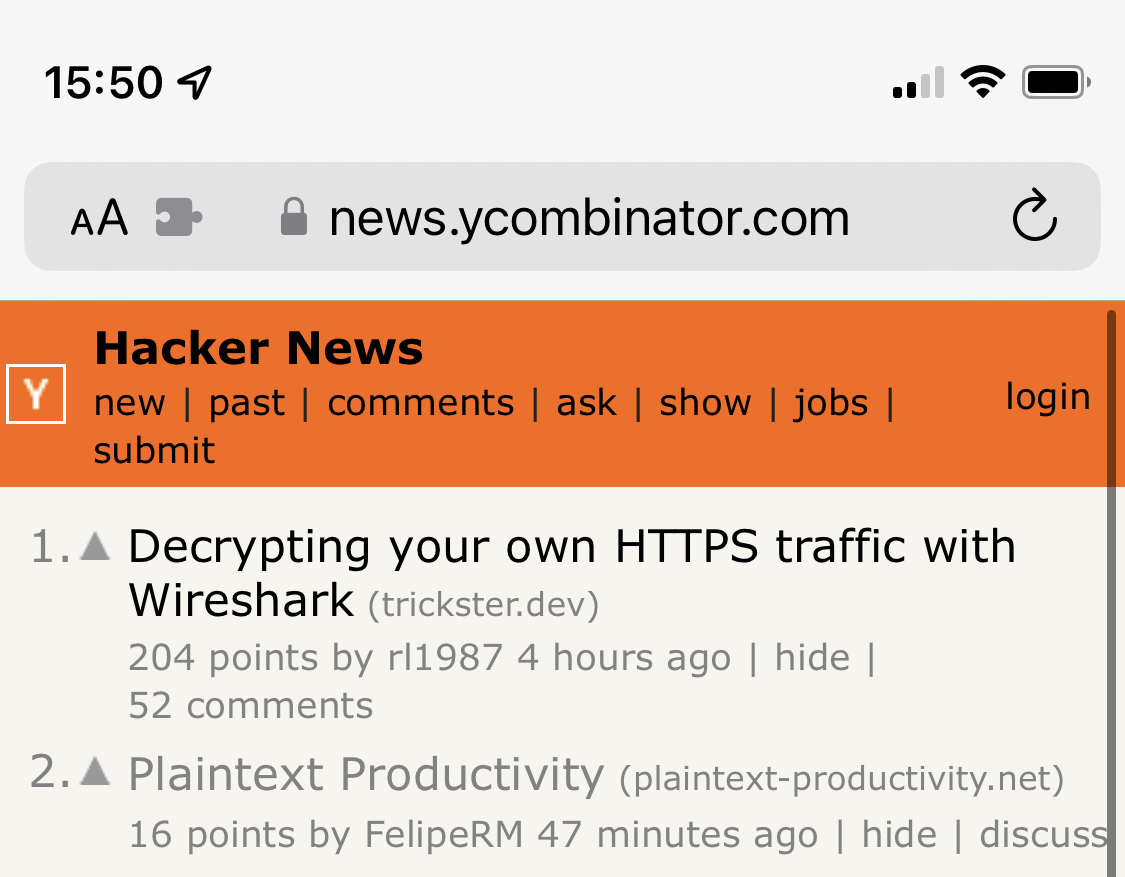My five-year-old son just realized that he, and everyone he knows, will die someday. It has lead to unexpected, devastating dinner conversations the past two evenings.
I don’t know why he started thinking about it. Out of nowhere, he started asking questions about death at dinner last night. At the time, my daughter and I had just started talking about Beethoven. I had looked up the composer’s Wikipedia entry and was reciting when he was born and when he died. Suddenly, my son—who knows that batteries die, that plants die, and even that animals die—asked in a shocked voice, “Why did he die?” Within a second, his lips started to quiver and he started to cry. A dozen other questions followed, none of them we were prepared to answer at a family dinner on a school night.
My daughter went through this same emotional journey four or five years ago. For her, it was precipitated by the death of my father, who was the first close family member to die since was born. She couldn’t understand why her Grampa was gone, and quickly became terrified that she would die, too. These thoughts scared her so much that she was afraid to fall asleep; my wife or I had to stay with her night after night in her bed to comfort her. We had a lot of talks about death with her to help her understand what it means and to begrudgingly accept it. Of course we told her the pleasant half-truths that death only happens to very old people and is nothing she needs to worry about for a long, long time.
My son has surprisingly practical concerns about death. Last night, he didn’t ask usb “Will I die?” He figured that out on his own and asked instead, “When will I die?” Tonight he asked us, with eyes wide with alarm, “Where will I go when I die?” My wife and I tried to explain to him that no one really knows, or that he would return to wherever he was before he was born. Those answers only made him more scared. Upon hearing them, he suddenly realized that he might not die in the same place as us or his sister, and became loudly distraught that he might end up somewhere where he couldn’t get to us anymore.
He then asked when my wife and I, are going to die. That did not bother me. When he asked when his sister was going to die, I teared up because it seemed unimaginable. Finally, before we could steer him to another, far lighter, topic of discussion, he became concerned, to the point of tears, that he is too big or too small to “fit” there—whatever that means. It astounds me that the physical dimensions of the afterlife—or whatever he imagines it to be—are what my little boy is worried about tonight.
All of my son’s thoughts and ideas about death have come, as far as we know, from his own imagination. No one close to him has died recently. We don’t talk about death much at all in our family; it is kind of taboo in our day-to-day conversations. Reflecting back on the past few weeks, however, I realize that he may have overheard the adults in the family discussing the untimely death of our rabbi’s husband, which occurred a week or so ago and understandably made us all very sad. We tried not to discuss it in front of our children—who did not really know the man—so that we would not upset them. Perhaps my son overheard us anyway.
It took my daughter a long time to come to terms with the idea that she is going to die someday. I am expecting my son to follow in her footsteps. He will probably have occasional nightmares about death—or at least have trouble falling asleep with worry about it. While it makes me sad to see my son start to go through this phase—and it has certainly led to some difficult dinner conversations—I know that he, like my daughter, is an emotionally healthy kid and will be fine. I expect him to think about death some more, talk about it with us, and become more emotionally mature through the process. He’s going to get through this; we all do.
It is quite a burden to understand that you, someday, are going to die. I wish I could ease that burden for my children, but I am wise enough to know that I cannot.
